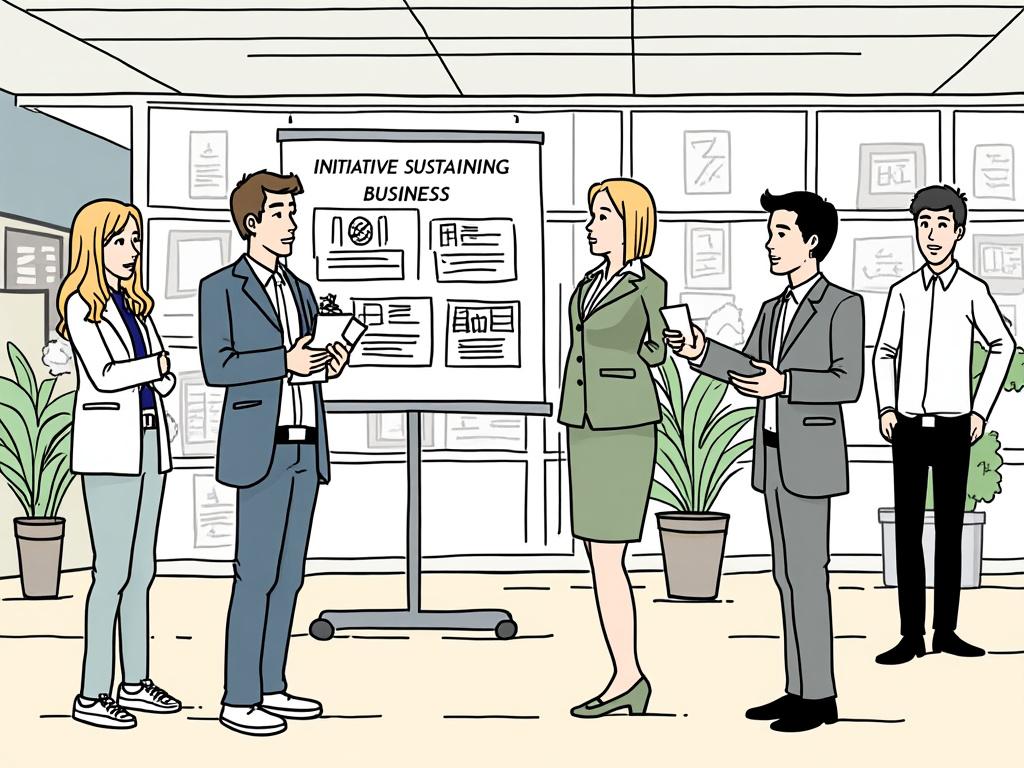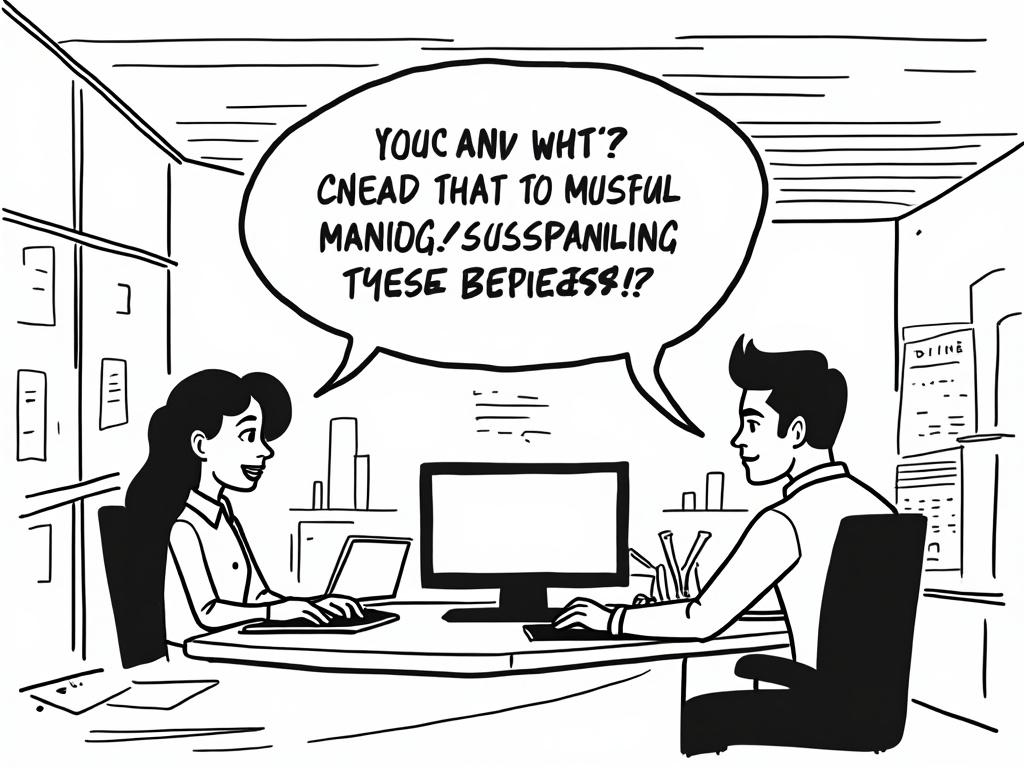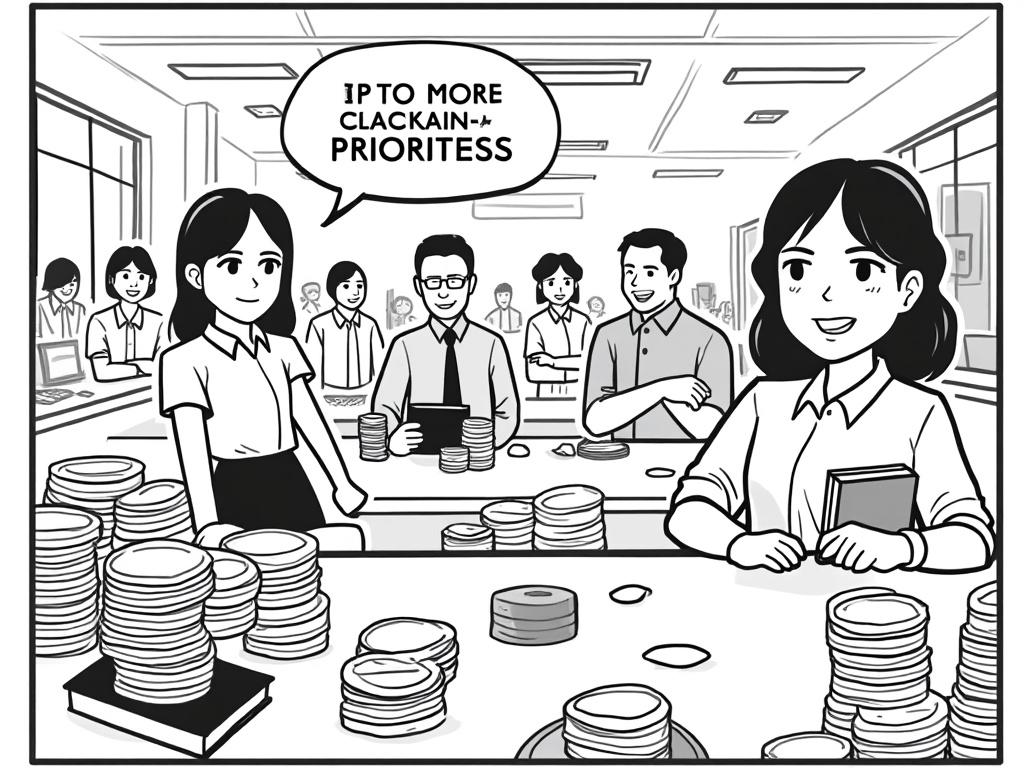
UAE Green Economy Initiative: Transforming Desert Dreams into Sustainable Reality
Reading time: 12 minutes
Ever wondered how a desert nation became a global sustainability powerhouse? You’re about to discover the UAE’s remarkable journey from oil dependency to green innovation leadership.
Table of Contents
- Understanding the Green Economy Vision
- Strategic Pillars of UAE’s Green Transformation
- Renewable Energy Revolution
- Sustainable Transportation Infrastructure
- Circular Economy Implementation
- Overcoming Implementation Challenges
- Measuring Success: Key Performance Indicators
- Charting Your Sustainable Future
- Frequently Asked Questions
Understanding the Green Economy Vision
The UAE Green Economy Initiative isn’t just another policy document gathering dust on government shelves—it’s a living, breathing transformation that’s reshaping how an entire nation thinks about prosperity.
Launched in 2012 under the visionary leadership of His Highness Sheikh Mohammed bin Rashid Al Maktoum, this initiative represents a fundamental shift from traditional economic models. The core philosophy? “A green economy for sustainable development and a better future for all.”
The Strategic Foundation
Here’s the straight talk: The UAE recognized early that oil reserves won’t last forever, but sunshine and innovation will. The initiative focuses on six interconnected sectors:
- Energy – Transitioning to 50% renewable sources by 2050
- Agriculture – Developing climate-resilient food systems
- Investment – Attracting $163 billion in green investments
- Sustainable Transport – Building world-class eco-mobility networks
- Technology – Pioneering clean tech innovations
- Life Quality – Creating healthier, more livable communities
Real-World Impact: Dubai’s Green Building Revolution
Consider this compelling example: Dubai Municipality’s Green Building Regulations have transformed construction practices across the emirate. Since implementation, over 15,000 buildings have achieved green certification, reducing energy consumption by an average of 30% and water usage by 25%.
Quick Scenario: Imagine you’re a property developer in Dubai. Instead of viewing green building requirements as obstacles, savvy developers now see them as competitive advantages—properties with green certifications command 15-20% higher rental rates and have 95% occupancy rates versus 75% for conventional buildings.
Strategic Pillars of UAE’s Green Transformation
The UAE’s approach isn’t scattered across multiple initiatives—it’s built on four strategic pillars that create synergistic effects:
Pillar 1: Economic Diversification Through Green Innovation
The UAE has allocated over AED 2 trillion toward green economy investments over the next three decades. This isn’t just spending—it’s strategic capital deployment designed to create new industries and job categories.
According to Dr. Ahmad Belhoul, CEO of Masdar, “We’re not just changing energy sources; we’re creating entirely new economic ecosystems that will define the next century of prosperity.”
Pillar 2: Regulatory Framework Excellence
The UAE has established over 35 specialized regulations governing green economy activities, from carbon credit trading to waste-to-energy project approvals. These aren’t bureaucratic hurdles—they’re competitive moats that attract serious international investors.
Pillar 3: Public-Private Partnership Innovation
Here’s where things get interesting: The UAE has mastered the art of leveraging private sector efficiency with public sector vision. The Mohammed bin Rashid Al Maktoum Solar Park, for instance, achieved record-low solar tariffs of 1.35 cents per kWh through innovative partnership structures.
Pillar 4: Knowledge Transfer and Capability Building
The UAE University’s Sustainability Program has graduated over 2,500 specialists in green technologies since 2015, creating a homegrown talent pipeline that reduces dependency on international expertise.
Renewable Energy Revolution: From Vision to Gigawatts
Let’s dive deep into the UAE’s most visible success story: renewable energy transformation.
The Numbers That Matter
UAE Renewable Energy Progress Tracker
Case Study: The Al Dhafra Solar Project Success Story
The Al Dhafra Solar Project exemplifies the UAE’s strategic approach to renewable energy development. This 2 GW solar installation didn’t just break capacity records—it revolutionized project financing and execution methodologies.
Key success factors included:
- Innovative Financing: 25-year power purchase agreements with built-in price escalations
- Technology Integration: Bifacial solar panels achieving 22% efficiency rates
- Local Content: 40% of components sourced from UAE-based suppliers
- Job Creation: 4,000 direct jobs during construction, 200 permanent operational positions
The project achieved commercial operation 6 months ahead of schedule and 15% under budget—demonstrating that green energy projects can deliver superior performance metrics when properly executed.
Sustainable Transportation: Building Tomorrow’s Mobility
Transportation accounts for approximately 23% of the UAE’s carbon emissions, making it a critical focus area for green economy transformation.
The Electric Vehicle Acceleration Program
The UAE’s EV adoption strategy goes beyond simple incentives—it’s creating an integrated ecosystem that makes electric mobility the obvious choice.
| Initiative | Current Status | 2030 Target | Economic Impact |
|---|---|---|---|
| Public Charging Stations | 850 stations | 5,000 stations | AED 2.1B investment |
| Government Fleet EVs | 30% converted | 100% electric | 40% cost reduction |
| Private EV Adoption | 15,000 vehicles | 400,000 vehicles | 15,000 new jobs |
| Green Public Transport | 60% of Dubai Metro | 100% renewable powered | 50% emissions reduction |
Dubai’s Autonomous Vehicle Testing Program
Dubai is positioning itself as a global testbed for autonomous vehicle technology, with plans to make 25% of all transportation autonomous by 2030. The Dubai Future Foundation estimates this transition will reduce transportation costs by 44% and cut traffic accidents by 12%.
Circular Economy: Turning Waste into Wonder
The UAE’s circular economy strategy addresses a fundamental challenge: how do you maintain economic growth while minimizing resource consumption?
The Zero Waste to Landfill Achievement
Dubai achieved a remarkable milestone in 2023: zero waste to landfill for the entire emirate. This wasn’t achieved through magic—it required systematic transformation of waste management infrastructure and business models.
Here’s how they did it:
- Waste-to-Energy Plants: Processing 5,666 tons daily, generating 200 MW of electricity
- Material Recovery Facilities: Achieving 85% recycling rates for municipal solid waste
- Organic Waste Processing: Converting 300 tons daily into high-quality compost
- Industrial Symbiosis: Creating closed-loop systems where one industry’s waste becomes another’s raw material
Practical Implementation: The Jebel Ali Circular Economy Hub
The Jebel Ali Circular Economy Hub represents a $2.7 billion investment in creating the world’s largest integrated circular economy facility. Companies operating within the hub report average cost savings of 35% through resource sharing and waste elimination.
Pro Tip: Businesses entering circular economy initiatives aren’t just reducing environmental impact—they’re creating competitive advantages through resource efficiency and cost optimization.
Overcoming Implementation Challenges
Let’s address the elephant in the room: implementing green economy initiatives isn’t always smooth sailing. The UAE has faced significant challenges and developed practical solutions that other nations can learn from.
Challenge 1: Initial Capital Requirements
The Problem: Green technology investments often require substantial upfront capital with longer payback periods, deterring private sector participation.
UAE’s Solution: The Green Development Fund provides subsidized financing at 1-3% interest rates for qualifying projects, reducing the financial barrier to entry. Additionally, the UAE established green bonds market worth over $2.5 billion, creating liquid investment vehicles for institutional investors.
Challenge 2: Skills Gap in Green Technologies
The Problem: Rapid technology adoption outpaced local workforce development, creating dependency on expensive international expertise.
UAE’s Solution: The National Program for Advanced Skills launched partnerships with leading universities worldwide, creating fast-track certification programs. Over 25,000 professionals have completed green technology training programs since 2020.
Challenge 3: Integration with Existing Infrastructure
The Problem: Retrofitting existing systems for green technology compatibility often proves more complex and expensive than building from scratch.
UAE’s Solution: The Smart Integration Protocol establishes standardized interfaces and gradual migration pathways, allowing businesses to transition incrementally rather than requiring complete overhauls.
Well, here’s the straight talk: Successful green economy implementation isn’t about perfection—it’s about strategic adaptation and continuous improvement.
Measuring Success: Key Performance Indicators
The UAE doesn’t just talk about green economy progress—it measures it meticulously through comprehensive KPIs that track both environmental and economic outcomes.
Environmental Performance Metrics
- Carbon Intensity Reduction: 38% decrease per unit of GDP since 2015
- Water Consumption Efficiency: 42% improvement in per-capita consumption
- Renewable Energy Share: Currently 14% of total energy mix (target: 50% by 2050)
- Waste Diversion Rate: 78% of waste diverted from landfills
Economic Performance Indicators
The green economy sector now contributes AED 71 billion annually to UAE GDP, representing 7.2% of total economic output. More importantly, this sector maintains consistent 12% annual growth rates compared to 4% for traditional sectors.
According to the UAE State of Green Economy Report 2024, green economy initiatives have created over 164,000 direct jobs and generated $12.3 billion in foreign investment since 2020.
Innovation and Technology Metrics
The UAE filed 847 green technology patents in 2023, ranking among the top 15 globally for clean technology innovation. The country hosts 23% of the Middle East’s green technology startups, with a combined valuation exceeding $4.2 billion.
Charting Your Sustainable Future
Ready to transform complexity into competitive advantage? The UAE’s green economy journey offers a practical roadmap for anyone—whether you’re a business leader, policy maker, or engaged citizen—looking to navigate the sustainability transition successfully.
Your Strategic Action Plan
Phase 1: Assessment and Planning (Months 1-3)
- Conduct comprehensive sustainability audits of current operations
- Identify quick wins that deliver immediate cost savings and environmental benefits
- Establish baseline metrics for measuring progress
Phase 2: Implementation and Integration (Months 4-12)
- Deploy priority green technologies with proven ROI
- Develop partnerships with UAE-based green economy suppliers and service providers
- Implement employee training programs on sustainability practices
Phase 3: Scaling and Innovation (Year 2+)
- Expand successful initiatives across all operations
- Explore emerging technologies like green hydrogen and carbon capture
- Share lessons learned with industry peers and contribute to knowledge networks
Future Opportunities on the Horizon
The UAE’s green economy is evolving rapidly, with several emerging opportunities worth watching:
Green Hydrogen Economy: The UAE aims to capture 25% of the global green hydrogen market by 2030, creating opportunities across the entire value chain from production to export infrastructure.
Climate Tech Innovation: Dubai’s Climate Tech Hub, launching in 2025, will provide funding and support for startups developing breakthrough climate solutions, with initial commitments of $3.5 billion in venture capital.
Sustainable Finance: The UAE’s green finance sector is projected to reach $50 billion by 2030, creating opportunities for innovative financial products and services.
The UAE’s transformation from desert oil economy to global sustainability leader didn’t happen overnight—it required vision, strategic planning, and consistent execution. As climate challenges intensify globally, the UAE’s green economy playbook becomes increasingly valuable for organizations and nations seeking practical pathways to sustainable prosperity.
What role will you play in writing the next chapter of this sustainability success story? The opportunities are vast, the support systems are in place, and the time for action is now.
Frequently Asked Questions
How can international businesses participate in the UAE’s green economy initiatives?
International businesses can engage through several pathways: establishing operations in UAE free zones with green economy focus, partnering with local companies on sustainability projects, or accessing the UAE Green Development Fund for qualifying investments. The UAE offers streamlined visa processes for green technology specialists and provides tax incentives for companies achieving certified environmental standards. Many multinational corporations, including General Electric and Siemens, have established regional green technology hubs in the UAE to serve Middle East and Africa markets.
What financial incentives are available for green economy investments in the UAE?
The UAE provides comprehensive financial support including subsidized loans at 1-3% interest rates through the Green Development Fund, tax holidays up to 15 years for qualifying green technology companies, and expedited regulatory approvals for sustainable projects. Additionally, the UAE offers grants covering up to 50% of research and development costs for innovative clean technologies, and provides guaranteed power purchase agreements for renewable energy projects. The total value of available incentives can reduce project costs by 25-40% compared to conventional financing.
How does the UAE measure and verify the environmental impact of green economy projects?
The UAE employs a robust monitoring system combining satellite technology, IoT sensors, and third-party verification to track environmental performance. All projects must report monthly metrics through the National Green Economy Platform, which uses blockchain technology to ensure data integrity. The Emirates Authority for Standardization and Metrology conducts annual audits of major projects, while international certification bodies like DNV GL provide independent verification for export-related sustainability claims. This comprehensive approach ensures transparency and maintains the UAE’s credibility in global sustainability markets.

Article reviewed by Noa Cohen, VC in Tech & Defense | High-Risk, High-Reward Portfolios, on June 4, 2025




